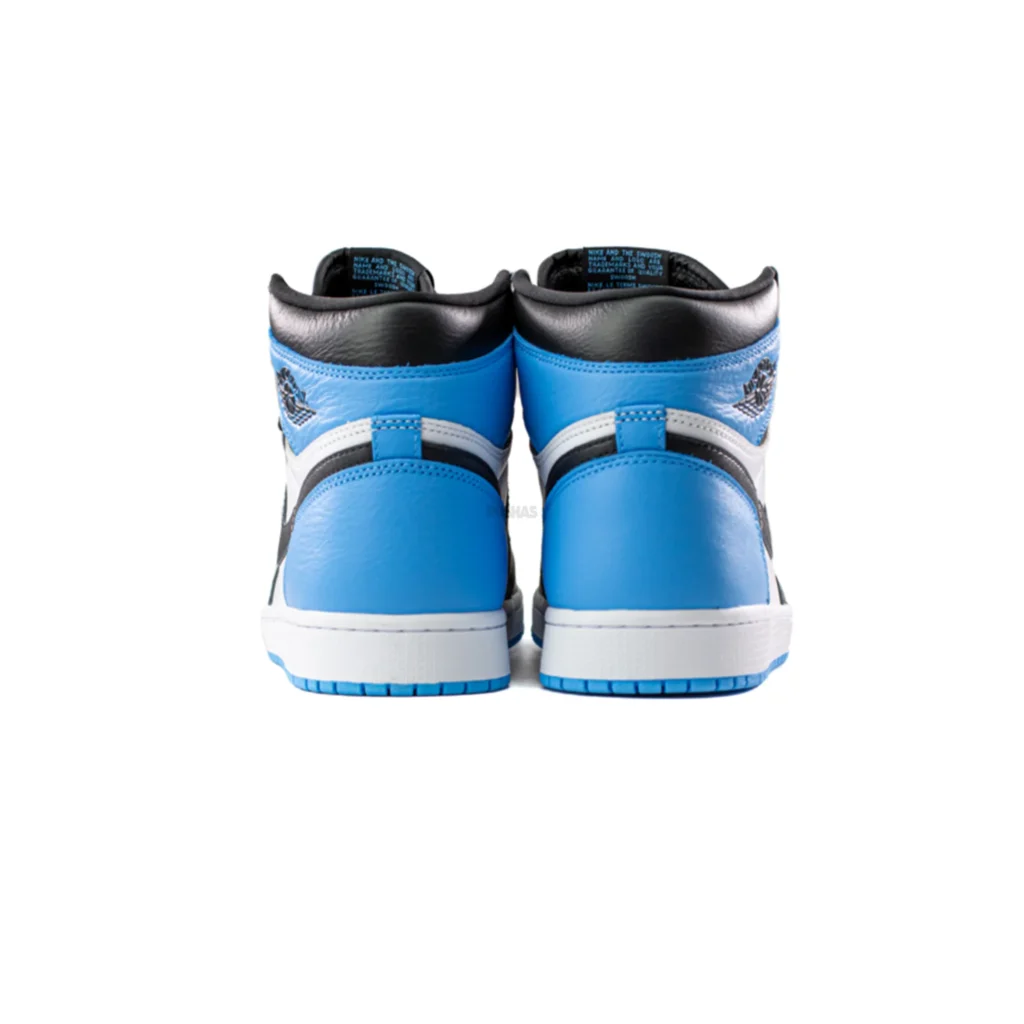Introduction
Track practice is not just about speed and running shoes but also about technique and safety. Wearing ill-fitting or inappropriate shoes will cause discomfort, poor performance, and injuries. Right running shoes ensure you are comfortable, have the proper form, and derive maximum benefit from your practice sessions.
They must be designed for efficient track practice, providing lightweight material and responsive cushioning for good tread and excellent traction. Let’s explore the features to look for and the best options available.
Key Features of Track Running Shoes
1. Lightweight Design
Track running reps shoes are typically lightweight to allow for faster speeds and agility. Minimal weight reduces fatigue, helping you maintain your pace throughout the practice.
2. Cushioning and Support
Adequate cushioning absorbs impact and reduces joint strain, especially during long-distance runs. Look for shoes with responsive midsoles for better energy return.
3. Traction and Durability
The outsole should provide excellent grip to prevent slipping on the track. Durable materials ensure the shoes can withstand regular wear and tear.
Top Running Shoes for Track Practice
1. Nike ZoomX Vaporfly Next% 2
The Nike ZoomX Vaporfly Next% 2 is designed for speed, making it a top choice for sprinters and distance runners.
- Key Features:
- Lightweight ZoomX foam for maximum energy return
- Carbon fiber plate for propulsion
- Breathable mesh upper
- Best For: Competitive runners and those aiming for personal bests.
2. Adidas Adizero Adios Pro 3
Built for long-distance running, the Adidas Adizero Adios Pro 3 combines comfort with performance.
- Key Features:
- EnergyRods for propulsion
- Lightstrike Pro foam for cushioning
- Grippy rubber outsole for traction
- Best For Marathon training and long-distance track practice.
3. New Balance FuelCell Rebel v3
The FuelCell Rebel v3 is a versatile option that excels in both sprints and mid-distance runs.
- Key Features:
- FuelCell midsole for responsive cushioning
- Lightweight and breathable design
- Durable outsole for various track surfaces
- Best For Athletes seeking a balance between speed and comfort.
4. Asics Gel-Nimbus 25
Known for its superior cushioning, the Asics Gel-Nimbus 25 is ideal for runners who prioritize comfort and support.
- Key Features:
- Gel technology for shock absorption
- FlyteFoam for added cushioning
- Durable outsole for extended use
- Best For: Long-distance runners and those recovering from injuries.
5. Saucony Endorphin Speed 3
The Saucony Endorphin Speed 3 offers a lightweight, bouncy ride, making it a favorite for both sprinters and distance runners.
- Key Features:
- PWRRUN PB cushioning for energy return
- Nylon plate for stability and propulsion
- FormFit upper for a snug fit
- Best For: All-around track performance, from sprints to long-distance.
How to Choose the Best Running Shoes for Your Needs
1. Track Type: Sprint vs. Distance Running
- Sprinters: Opt for shoes with lightweight uppers and minimal cushioning to enhance speed.
- Distance Runners: Look for responsive midsoles and adequate cushioning to support prolonged activity.
2. Gait Analysis and Pronation Support
Understanding your gait—whether you’re a neutral runner, overpronator, or underpronator—helps you choose shoes that provide the right level of support. Many specialty stores offer free gait analysis.
3. Proper Fit and Sizing
- Ensure there’s about a thumb’s width of space between your toes and the shoe’s front.
- The shoes should feel snug around your midfoot and heel without causing discomfort.
Benefits of Wearing Proper Track Shoes
- Enhanced Performance: Lightweight, responsive shoes allow you to focus on speed and endurance.
- Injury Prevention: Proper cushioning and support reduce the risk of injuries, such as shin splints and plantar fasciitis.
- Comfort: A good fit minimizes blisters, pressure points, and discomfort during intense training.
- Durability: High-quality track shoes withstand rigorous practice sessions, saving you money in the long run.
FAQs About Track Running Shoes
1. How often should I replace my running shoes?
Running shoes typically last 300–500 miles. Replace them if you notice reduced cushioning or significant wear on the outsole.
2. Can I use track running shoes for road running?
While track running shoes are optimized for tracks, some models are versatile enough for road running. Check the shoe’s specifications to ensure compatibility.
3. Are expensive running shoes worth it?
Yes, investing in high-quality running shoes often results in better performance, comfort, and durability, reducing the risk of injury.
4. Do I need different shoes for sprints and long-distance running?
It’s ideal to have specialized rep shoes for each activity, as sprints require lightweight shoes while long-distance running benefits from added cushioning.
5. How do I clean my running shoes?
Hand wash with mild soap and a soft brush. Avoid machine washing, as it can damage the shoes’ structure.
Conclusion
Running shoes are the game-changers when it comes to both performance and comfort in track practice. If you’re a sprinter, long-distance runner, or just an all-around athlete, making sure to invest in the best will make you equipped to give your best on the track. There’s a way to figure out what will be right for you with specific needs and preferences.



